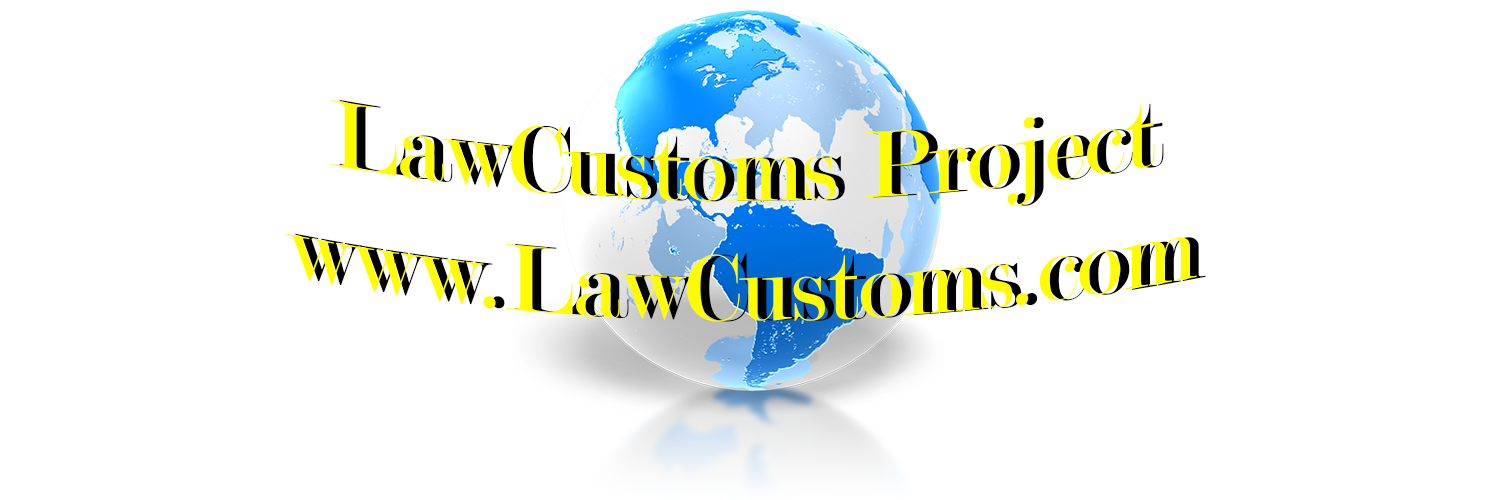Consumer Product Safety Improvement Act Sections 101, 108, 106 , 16 CFR 1303, and CPSC Advisory Opinion suggest the following:
Books for All Ages – Not Subject to Lead Content Limits.
CPSIA limits on lead content do not apply to “ordinary” books (“ordinary” books to be those published on cardboard or paper printed by conventional publishing methods and intended to be read, not books that have inherent play value) intended for readers of all ages (including children) because by definition, such books are not intended or designed primarily for children.
Books intended or designed primarily for children 12 or younger are reading materials and not toys and, therefore, neither of the phthalates bans apply to them.
Books for Children – Subject to Lead Content Limits.
Books intended or designed primarily for children would need to meet the lead content limit established by the CPSIA. This is because printing ink becomes part of the substrate of a book for purposes of evaluating its lead content.
Reminder.
The term children’s product means a consumer product designed or intended primarily for children 12 years of age or younger. In determining whether a consumer product is primarily intended for a child 12 years of age or younger, the following factors shall be considered: (A) A statement by a manufacturer about the intended use of such product, including a label on such product if such statement is reasonable. (B) Whether the product is represented in its packaging, display, promotion, or advertising as appropriate for use by children 12 years of age or younger. (C) Whether the product is commonly recognized by consumers as being intended for use by a child 12 years of age or younger. (D) The Age Determination guidelines issued by the Commission staff in September 2002 and any successor to such guidelines.
In determining whether products are designed or intended for use by a child of the ages specified, the following factors shall be considered: (i) A statement by a manufacturer about the intended use of such product, including a label on such product if such statement is reasonable. (ii) Whether the product is represented in its packaging, display, promotion, or advertising as appropriate for use by children of the ages specified. (iii) Whether the product is commonly recognized by consumers as being intended for use by a child of the ages specified. (iv) The Age Determination guidelines issued by the Commission staff in September 2002 and any successor to such guidelines. See PL 110-314, Sec. 108(e)(2)(A); 15 USC 2057(c) cited in PL 110-314, Sec. 108
CPSC Interpretative Rule can be viewed here.
